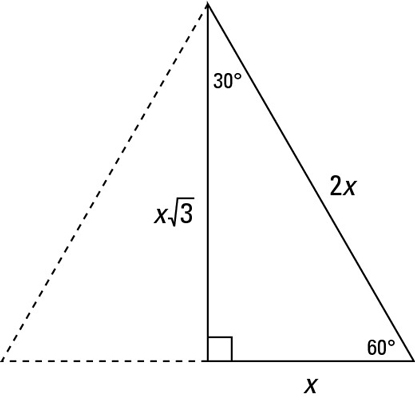

d.p and thus the geometric mean of the numbers is 4.72. To obtain the geometric mean, we would first multiply together 3, 5 and 7 to get 105 and then take the cube root of 105 (since we have three numbers in our set). Then, since we have three numbers in our set, we would divide 15 by 3 to get 5. To obtain the arithmetic mean, we would first add together 3, 5 and 7 to obtain 15. Naming the left side a, the right side b, and the altitude x, we have the following:įind both the arithmetic and geometric mean of the numbers 3, 5 and 7. Now, notice that the two triangles BAC and ADC are mathematically similar, so we can use ratios to find missing lengths.

This is shown in the diagram below.Įxplaining the geometric mean, Jordan Madge- StudySmarter Originals We also notice that if we rotate the triangle on the left, we simply have a smaller version of the triangle on the right. Now, notice that if we "pull apart" the above triangle, we get two smaller triangles. We also have the left side of BD, which is BC, as well as the right side of BD, which is CD. So in this triangle, the altitude is the line AC. The altitude of a triangle is a line drawn from the particular vertex of a triangle which forms a perpendicular line to the base of the triangle. Geometric Mean Triangle, Jordan Madge- StudySmarter Originals Translations of Trigonometric FunctionsĬalculating the geometric mean can be particularly useful in geometry.The Quadratic Formula and the Discriminant.Solving and Graphing Quadratic Inequalities.Solving and Graphing Quadratic Equations.Multiplying and Dividing Rational Expressions.Addition, Subtraction, Multiplication and Division.Addition and Subtraction of Rational Expressions.Absolute Value Equations and Inequalities.Since both arrangements yield the same triangle, the areas of the square and the rectangle must be identical. One such arrangement requires a square of area h 2 to complete it, the other a rectangle of area pq. Based on dissection and rearrangement ĭissecting the right triangle along its altitude h yields two similar triangles, which can be augmented and arranged in two alternative ways into a larger right triangle with perpendicular sides of lengths p+h and q+h. Ī division by two finally yields the formula of the geometric mean theorem. | C D | | D E | = | A D | | D B | ⇔ h 2 = p q. Geometric mean theorem as a special case of the chord theorem: Since the altitude is always smaller or equal to the radius, this yields the inequality. Now the altitude represents the geometric mean and the radius the arithmetic mean of the two numbers. For the numbers p and q one constructs a half circle with diameter p+q. Īnother application of provides a geometrical proof of the AM–GM inequality in the case of two numbers. The method also allows for the construction of square roots (see constructible number), since starting with a rectangle that has a width of 1 the constructed square will have a side length that equals the square root of the rectangle's length. Due to Thales' theorem C and the diameter form a right triangle with the line segment DC as its altitude, hence DC is the side of a square with the area of the rectangle. Then we erect a perpendicular line to the diameter in D that intersects the half circle in C. Now we extend the segment q to its left by p (using arc AE centered on D) and draw a half circle with endpoints A and B with the new segment p+q as its diameter. For such a rectangle with sides p and q we denote its top left vertex with D. The latter version yields a method to square a rectangle with ruler and compass, that is to construct a square of equal area to a given rectangle.


 0 kommentar(er)
0 kommentar(er)
